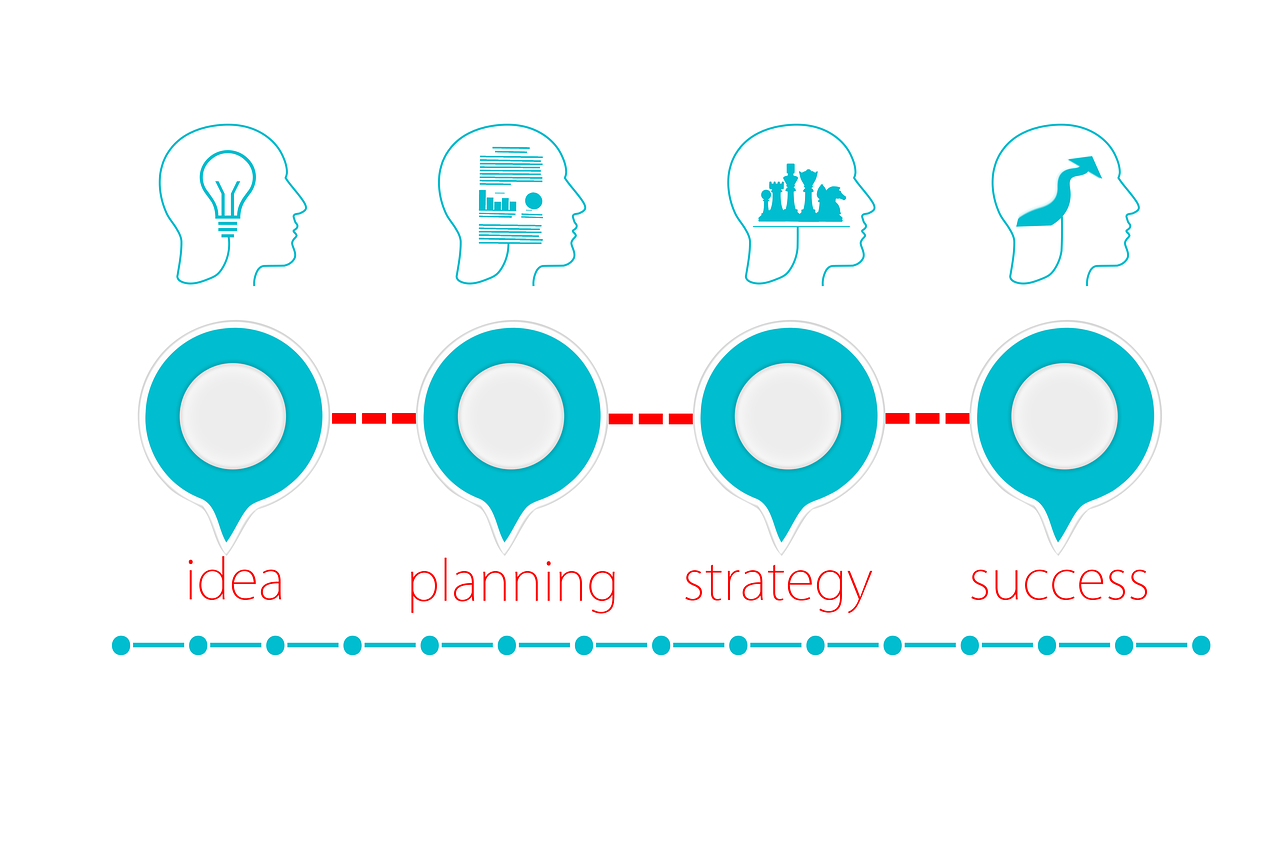5 Steps to Implement a Winning Growth Strategy Framework
In the fast-paced and ever-evolving business landscape, staying ahead of the competition requires a well-defined growth strategy. With successful growth strategies, you can reach higher levels of success and earnings. The five key actions you may need to take to implement a successful growth plan framework that will maintain your company’s competitiveness and foster its development will be covered in this article.
Setting the Stage for Success of Growth Strategy Framework
It’s important to comprehend the relevance of a growth strategy framework before we go into the procedures. As you navigate the marketplace, you will be guided through the route map. Long-term success, improved profitability, and a larger market share can result from a well-executed growth strategy.

Step 1: Market Research and Analysis
The foundation of any successful growth strategy is a comprehensive understanding of the market. Evaluate behaviors, consumer preferences, and future potential buyers by doing deeper market studies. Examine your rivals’ strategies to learn about their advantages and disadvantages. You may refine your approach and make well-informed selections using this knowledge.
Substep 1.1: Identify Target Audience
To tailor your growth strategy effectively, you need to define your target audience. Who are your ideal customers? What are their preferences and pain points? You may develop goods and services that appeal to your target market by getting to know them.

Step 2: Define Clear Objectives
With market insights, the next step is to set clear and achievable objectives. These objectives should be specific, measurable, and time-bound (SMART). Having clearly defined goals will help everyone stay inspired and dedicated if the goal is to launch a new product, boost revenue, or increase the number of your clients.
Substep 2.1: Establish Key Performance Indicators (KPIs)
To track your progress, establish KPIs that align with your objectives. Your growth strategy can be assessed using metrics and the improvement areas identified.
Step 3: Make a plan
Having established your goals, the next step is to draft a strategic strategy. The steps you must take to accomplish your goals should be outlined in this plan. Consider the finances and resources needed, and also possible risks or issues that may occur.
Substep 3.1: SWOT Analysis
A SWOT analysis (Strengths, Weaknesses, Opportunities, and Threats) is a valuable tool for evaluating your business’s internal and external factors. It supports capitalizing on your strengths, improving your drawbacks, grabbing opportunities, and mitigating dangers.
Step 4: Execution and Monitoring
Executing your growth strategy is where the rubber meets the road. Ensure that your team is aligned with the plan and that everyone understands their role. Regularly monitor progress and make adjustments as necessary to stay on track.
Substep 4.1: Adaptability and Flexibility
The business environment is dynamic. Be prepared to adapt your strategy as market conditions change. Flexibility and agility are key to staying competitive.
Step 5: Evaluation and Optimization
Once you’ve implemented your growth strategy, it’s essential to evaluate the results. Assess whether you’ve met your objectives and analyze what worked and what didn’t. Use these insights to optimize your strategy for ongoing success.
Substep 5.1: Continuous Improvement
Continuous improvement is the hallmark of a winning growth strategy framework. Enhance your methods and learn from mistakes to remain competitive and relevant.
Step 6: Valuable Customer Insights
In our quest for a successful growth strategy, paying heed to our patrons is of utmost importance. Ingraining their invaluable feedback into our plan is pivotal for triumph.
Substep 6.1: Feedback Compilation
Forge a resilient framework for accumulating customer feedback. This encompasses surveys, appraisals, and direct discourse. Scrutinize this input to glean profound comprehension of our client’s requisites and anticipations.
More Articles
Conclusion
Implementing a winning growth strategy framework is a dynamic process that requires careful planning, adaptability, and continuous improvement. You may promote your business for long-term success and keep one step ahead of the competition by following these five crucial procedures For more information you can visit this site LIFEMAKERASK

Great article! I appreciate the clear and insightful perspective you’ve shared. It’s fascinating to see how this topic is developing. For those interested in diving deeper, I found an excellent resource that expands on these ideas: check it out here. Looking forward to hearing others’ thoughts and continuing the discussion!